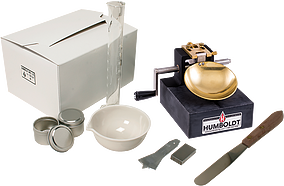
H-4234.XX
Atterberg Limits (Liquid Limit Testing)
Recommended for performing liquid limit test in accordance with ASTM specifications.
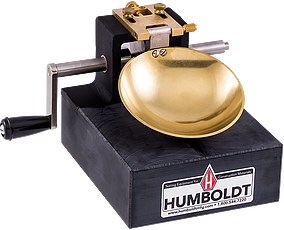
H-4230
Liquid Limit Machine, Liquid Limit
Unit consists of brass cup, cam mechanism, carriage and crank mounted on a hard rubber base.
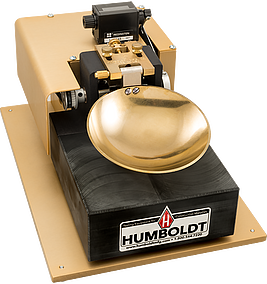
H-4226.XX
Motorized ASTM Liquid Limit Machine
Motorized liquid limit machine gives uniform testing with greater degree of accuracy.
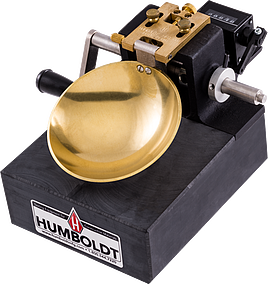
H-4228
Liquid Limit Machine, ASTM with Counter
Hand-operated liquid limit machine features mechanical revolution counter attached to the shaft.
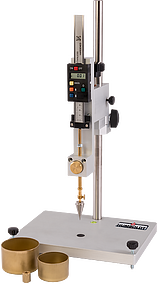
H-5236
Cone Penetrometer, Digital
Features a spirit level for maintaining a level testing position.
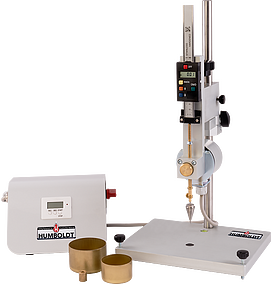
H-5237.XX
Cone Penetrometer, Digital, Semi-Automatic
Equipped with a magnetic controller device with an electronic, digital, programmable timer.
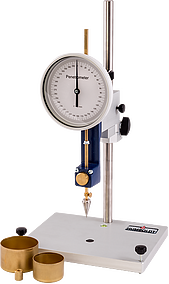
H-4236
Cone Penetrometer, Dial Indicator
Easily readable and is graduated in 0.1mm divisions.
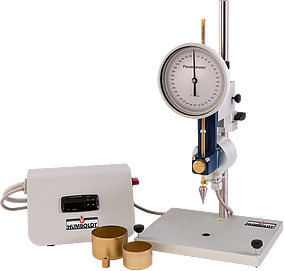
H-4237.4F
Cone Penetrometer, Semi-Automatic
Ensures a free-falling cone during the five second test.
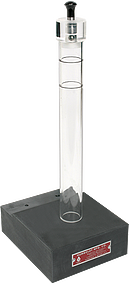
H-4233
Liquid Limit Resiliency Tester
Used to test resiliency of hard rubber base of liquid limit machines.
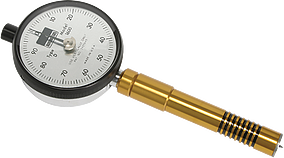
H-4222A.XX
Durometers
Sealed springs maintain load deflection rate to a tolerance of .0004".
Liquid Limit Testing Tools
The consistency and behavior of soils vary throughout. Therefore, qualities such as moisture content, hardness and reliability are important to test within specimens in order to assure stability in the structures they support. To assess these characteristics, Atterberg limit tests are done often to measure water content within on-site soil.
One way to measure the critical water content of fine-grained soil is through its liquid limit. Liquid limit is defined as the water content at which the behavior of clayey soil changes from plastic to liquid. Using ASTM Standard D4318, the liquid limit test of soil determines this transition over a range of water contents. More specifically, it gives valuable information regarding the state of consistency of soil on-site.
A liquid limit test of soil can be determined using two methods:
- The Casagrande cup method, which is widely used in the United States, defines liquid limit as the moisture content required to close a metal cup filled with soil paste a distance of 0.5 inches using a liquid limit machine. This method is normally run at several moisture contents to determine which requires 25 blows to close the groove.
- The cone penetration test for liquid limit is more prevalent in Europe and measures the moisture content at which a cone will penetrate a soil sample a distance of 20 mm in approximately 5 seconds. This less is less dependent on the operator when determining a soil’s liquid limit.
In each testing type, many data points are collected and used to plot a flow curve which ultimately establishes a liquid limit. To ensure an accurate curve, high-quality equipment must be used in these tests. These liquid limit machines and accessories should follow ASTM standards and produce error-free results time and time again.
Humboldt provides a wide variety of equipment for the liquid limit test of soil. With liquid limit machines for the Casagrande cup method and cone penetrometers for the penetration method, you are sure to find products for all of your testing needs. Entire Atterberg liquid limit tests are also available.
For additional information about Humboldt's Atterberg Limits products, visit download download the Atterberg Limits Testing datasheet or visit our Geotechnical Testing and Engineering landing page for more about soil testing.
If you have questions or need help selecting the liquid limit testing tool that is right for your needs, please call us at 1.800.544.7220 or use our Ask Humboldt form.

